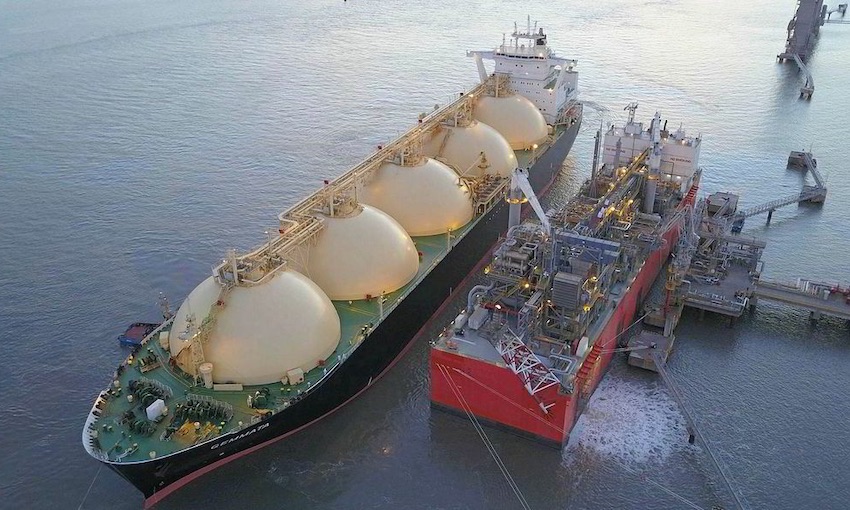BEFORE the disastrous events of 2020, conditions in the east coast gas market had improved in 2019. According to EnergyQuest, demand grew in all the key sectors.
Gas-fired power generation grew against the rise of renewables.
Residential, industrial and commercial demand grew by 5%. Queensland met all of its demand, exporting more LNG, supplying the state and exporting to southern states. Supply was also augmented by first supplies from the Northern Territory.
While facing a decline, Victorian offshore production was steady. Short-term prices were the lowest since 2016.
However, there was only limited progress in resolving the medium and long-term east coast gas supply challenges. These challenges have not gone away and are assessed in the new report from EnergyQuest: East Coast Gas Outlook to 2040.
“The next couple of years are likely to be characterised by economic disruption, uncertain energy demand and lower prices, both domestically and internationally and spending cuts for energy producers,” the report stated, adding that this will create opportunities for energy buyers but challenges for producers.
Over the medium-term (to 2030) supply constraints will become increasingly evident with the decline of production offshore Victoria and absence of major new gas discoveries.
“Any developments onshore Victoria or NSW will provide some supply increments but are unlikely to materially shift the long-term demand-supply imbalance,” the report states.
Development of the Arrow Energy Surat Basin acreage will provide some domestic gas but is most likely to feed QCLNG.
“We expect one and possibly two of the Gladstone LNG trains to be closed as increased gas volumes are diverted from the LNG projects to the domestic market. The gap between demand and supply will also increasingly rely on LNG imports at international prices.
“As we get into the 2030s the east coast LNG contracts will begin to tail-off. At the same time, as the closure of coal-fired power generation accelerates, the demand for natural gas to backup renewables is likely to grow,” the report stated, adding that prices are generally expected to rise over time.”

